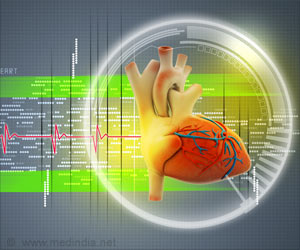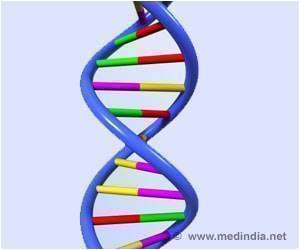- Heart diseases can be a leading cause of death in the world.
- Scientists have discovered matrix molecules called Agrin in the newborn hearts to control the renewal process.
- The discovery could point to new directions to restore the cardiac function.
The molecule called Agrin when injected into the adult mouse hearts injured by heart attacks can unlock the renewal process and enable heart muscle repair.
The study findings were published in Nature, pointing to new directions to restore the cardiac function.
The healing process in humans could be long and inefficient following a heart attack. When damaged, the muscle cells called cardiomyocytes could be replaced by scar tissue. This can be incapable of contracting and cannot participate in pumping.
This could cause further stress on the muscle and eventual heart failure.
The regeneration of heart into adulthood do exist in some of our fellow vertebrates. Examples, fish could efficiently regenerate damaged hearts.
Even mice are born with the ability to regenerate hearts, but however, could lose after a week of life. This could help scientists to explore the cues that promote heart regeneration.
The research team feels that the secret to restoring cardiac function may lie outside the heart cells and also in the surrounding supportive tissue that could be known as the extracellular matrix or ECM.
Most of the cell-to-cell messages can be passed through the matrix, while others can be stored within the fibrous structure.
The research team demonstrated experiment with ECM from newborn and week-old mice that could clear away the cells, until the surrounding material was left. Later, the bits of ECM that were added to cardiac cells in culture were observed.
The screening of ECM proteins has identified several candidate molecules to regulate the response. Agrin molecule, particularly in the neuromuscular junction could help to regulate the muscles that can be passed from nerves to muscles.
The levels of the molecule could drop over the seven days of life, thereby suggesting a role in heart regeneration. The research team also added Agrin to cell cultures and also noted that it could cause the cells to divide.
Testing Agrin Molecule on Heart Injury
The research team tested the molecule on whether it could reverse the damage. Following a single injection of Agrin, the mouse hearts were almost completely healed and fully functional.
Even though, it took around one month for the treatment to have full impact on restoring the cardiac function and regeneration. During the end of the recovery period, the scar tissue could be dramatically reduced and could be replaced by living the heart tissue that can restore the heart’s pumping function.
Cardiomyocyte Renewal
In addition, to causing a certain amount of direct renewal. But agrin molecule could affect the body’s inflammatory and immune responses to a heart attack. This can be involved in suppressing the fibrosis or scarring that could lead to heart failure.
The duration of the recovery process is a mystery as the agrin molecule by itself would disappear quickly within a few days of injection.
"Clearly this molecule sets a chain of events in motion" Tzahor says.
"We discovered that it attaches to a previously unstudied receptor on the heart muscle cells, and this binding takes the cells back to a slightly less mature state - closer to that of the embryo - and releases signals that may, among other things, initiate cell division."
The experiments that were performed on mice were genetically engineered to lack Agrin molecule in the hearts that could support the idea.
During its absence, the newborn mice cannot properly regenerate heart tissue that could follow an injury. As the mice cannot live without the other functions of Agrin, this could be a technically challenging experiment to perform, adds Tzahor.
Similar Effect on Human Heart
The activity of agrin molecule on the human heart cells was studied. The research team is now working on to understand exactly what could happen in the period of time between the agrin injection and cardiac functionality.
The research team has started pre-clinical studies in larger animals in order to determine the effect of agrin on cardiac repair.
The study findings throw light on the role of ECM in both directing the heart growth and also promoting regeneration. This could further provide new insights on the design of further biomedical research.
References
- Elad Bassat, Yara Eid Mutlak, Alex Genzelinakh, Ilya Y. Shadrin, Kfir Baruch-Umansky, Oren Yifa, David Kain, Dana Rajchman, John Leach, Daria Riabov Bassat, Yael Udi, Rachel Sarig, Irit Sagi, James F. Martin, Nenad Bursac, Shenhav Cohen, Eldad Tzahor. The extracellular matrix protein Agrin promotes heart regeneration in mice. Nature, 2017; DOI: 10.1038/nature22978
Source-Medindia













